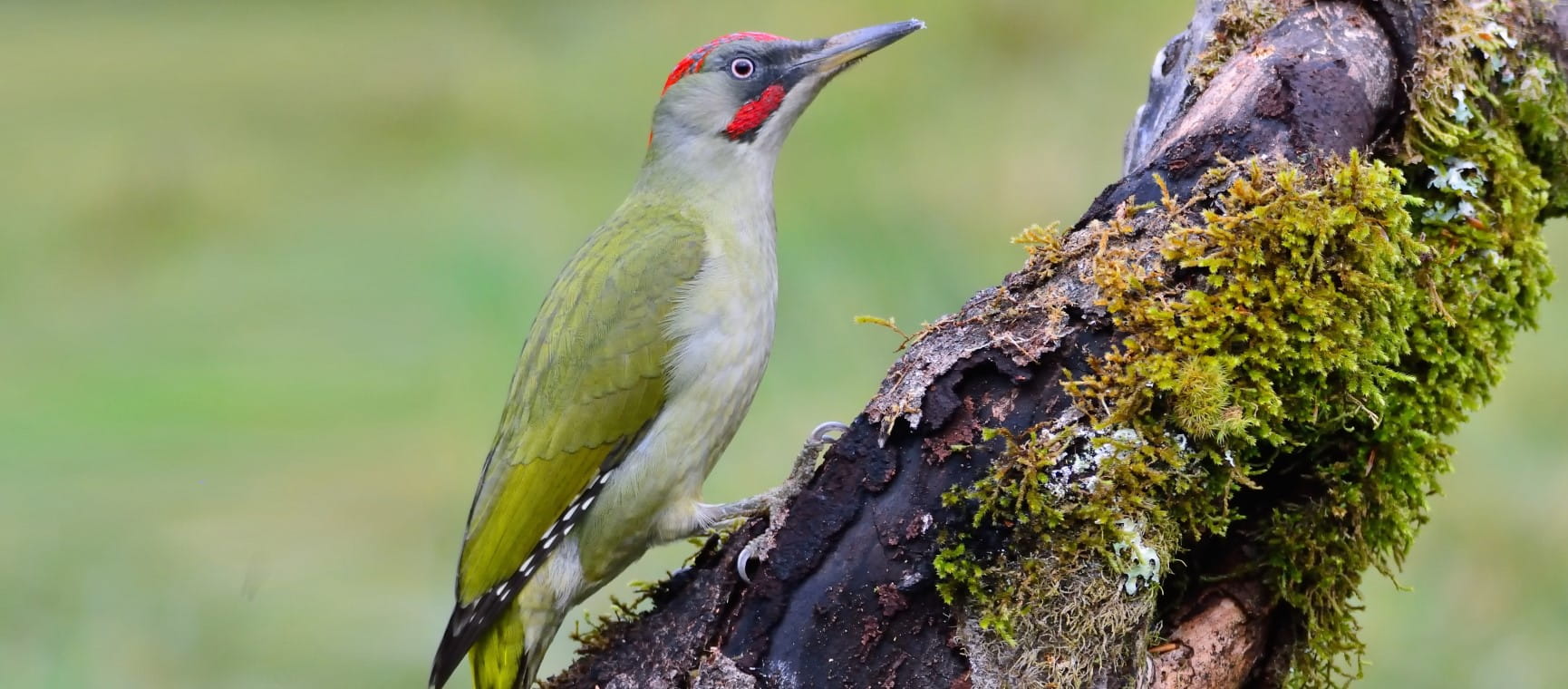
I am often asked by curious people to identify a big yellow bird they have seen on their lawns. As big as a collared dove, and as colourful as a canary, it is difficult not to notice a green woodpecker in the garden, particularly if we hear it calling. The European green woodpecker (Picus viridis) is the second most common woodpecker species in the UK (after the great spotted woodpecker) and the largest.
If you've heard the sound of a bird that sounds like laughing you've probably already heard the call of the green woodpecker. The green woodpecker's call is one of the most readily identifiable sounds in nature so it isn’t surprising that many local names for the green woodpecker are onomatopoeic.
The best known is the 'yaffle' or 'yaffler' others include the 'laughing bird' and 'yuckel'. All of these describe a mad, high-pitched laughing sound which the bird makes when it is disturbed or just to communicate with others.
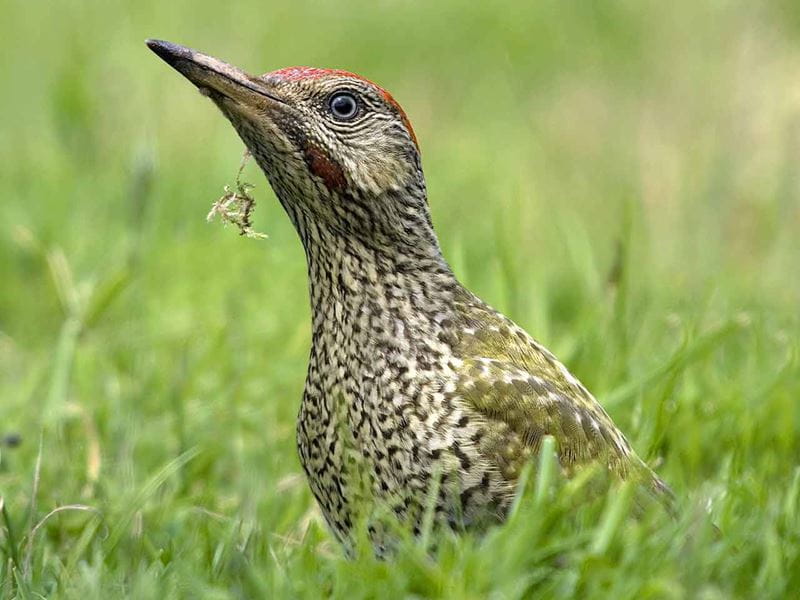
Unlike other woodpeckers in Britain, including as the great spotted woodpecker and lesser spotted woodpecker, the green woodpecker spends a great deal of its time on the ground because it feeds on insects, particularly ants. In fact my wife and I often see one on our patio feeding where ants emerge from the cracks, but generally these birds are timid and avoid people.
During the summer we are more likely to have close views of youngsters which have been born in the last few months and haven’t yet developed their fear of humans.
Juvenile green woodpeckers are similar in size to their parents though they are not quite as bright and colourful since they are covered in dark streaks and spots. Adults are green on their wings, grey-green underneath and red on the head; females have a black moustache whilst males have a red centre to their moustache.
When a green woodpecker takes flight its distinctive undulating flight pattern is an obvious feature whilst its bright yellow rump also becomes apparent; it is this colour which often forms the lasting impression of the green woodpecker.
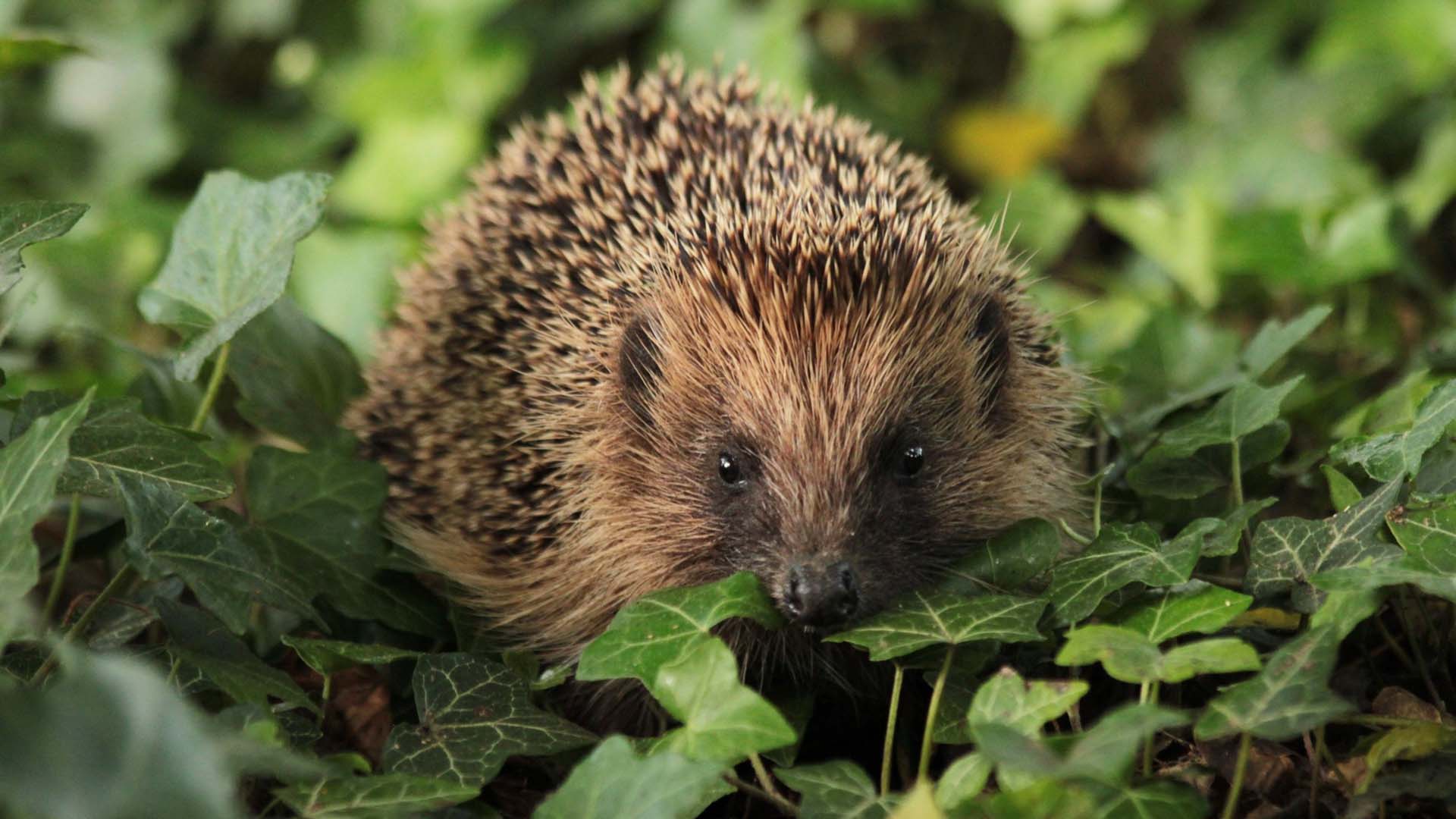
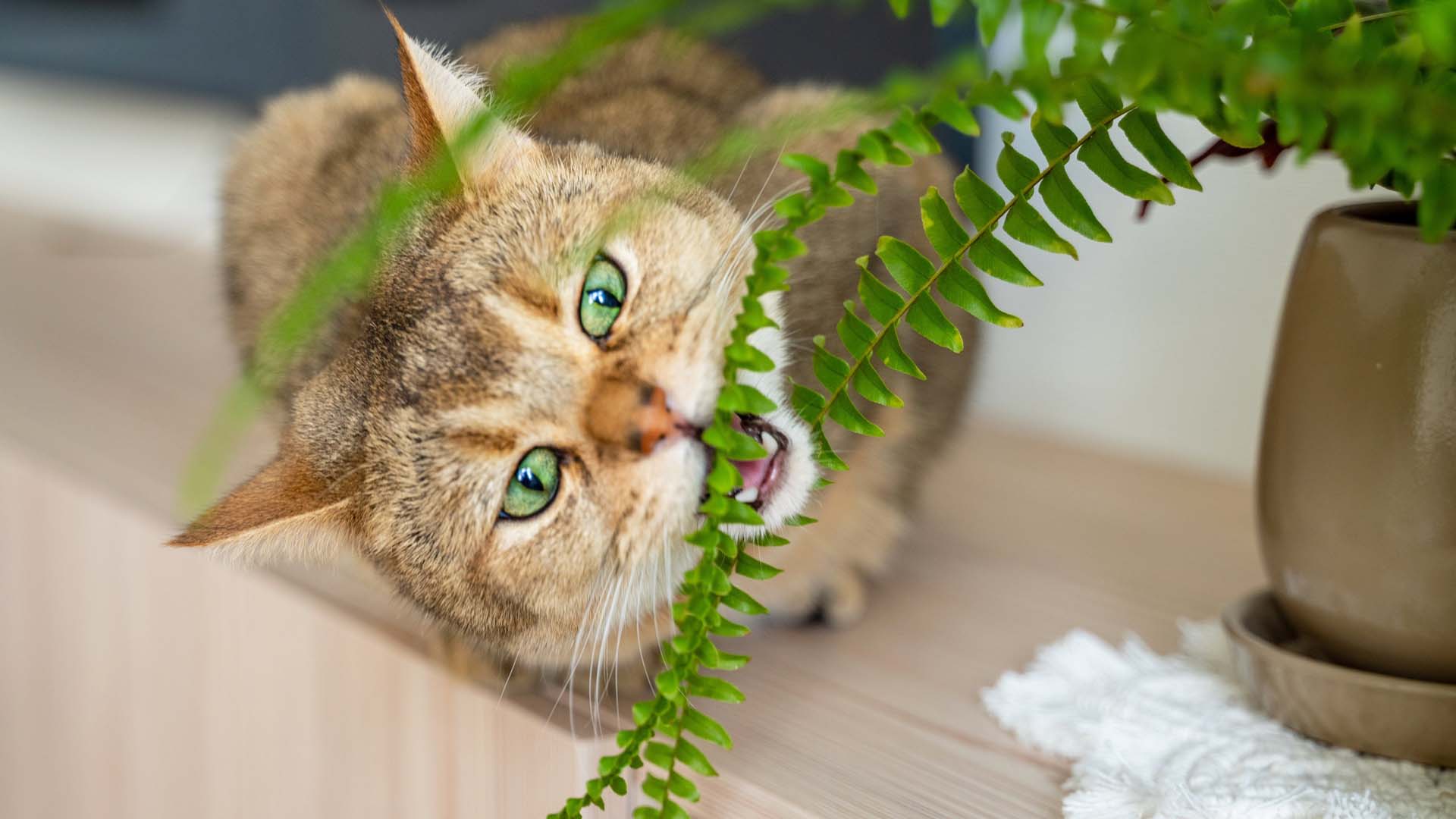
Pots at the ready – these safe houseplants for pets will help your house become tropical, not toxic.
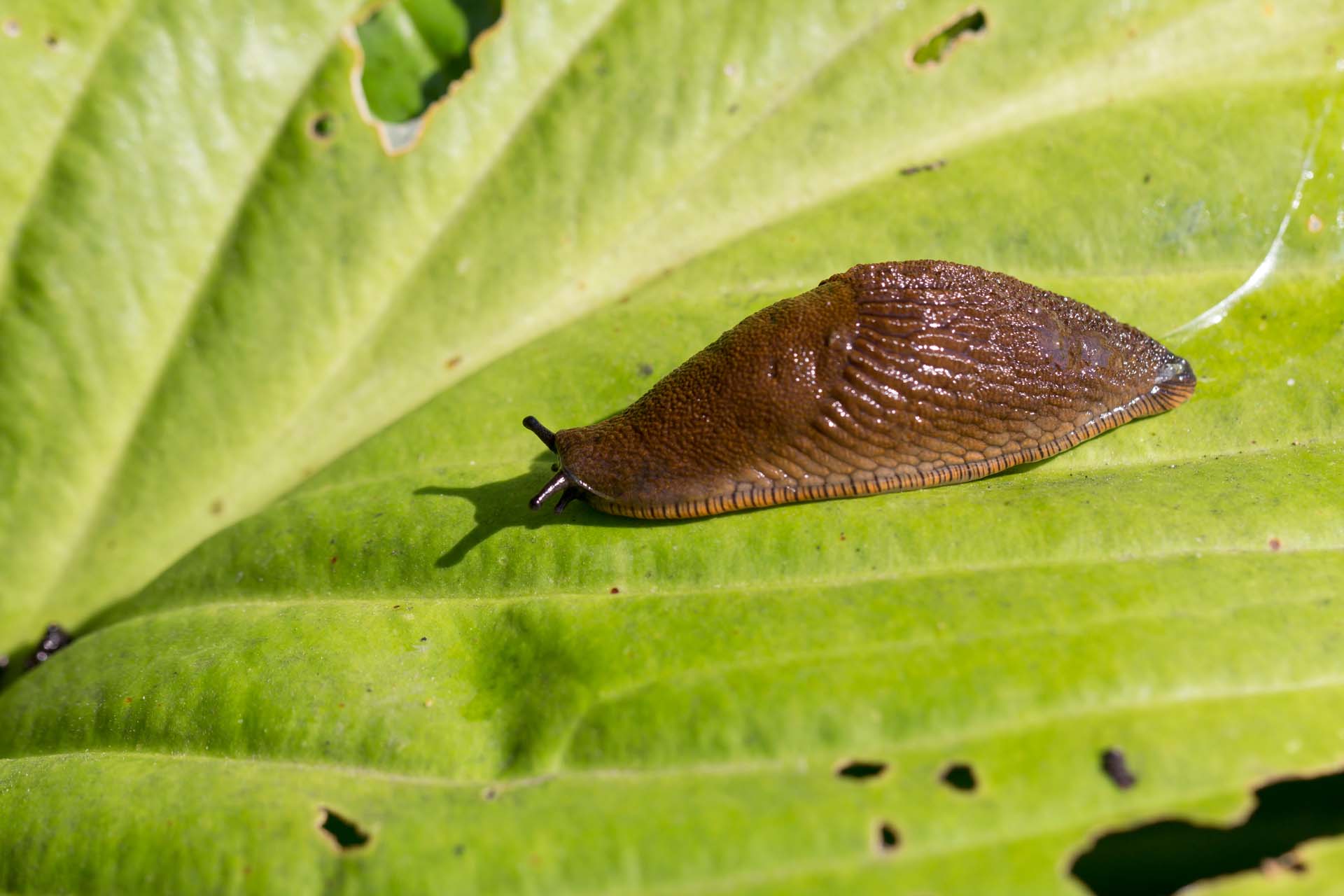

We aren’t the only ones to welcome warmer weather, wasps do too and they could be sharing your home. Find out how to identify a wasp nest and what to do about it
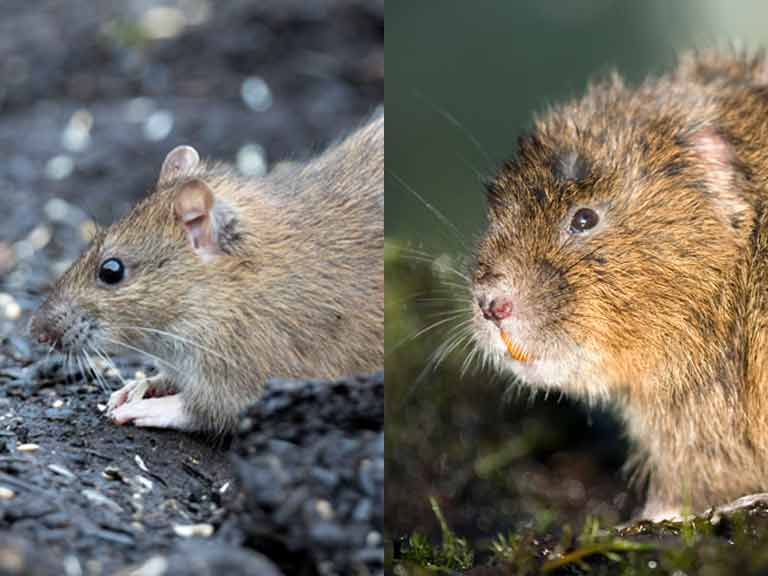
If you've seen a large brown rodent in your garden or swimming in your pond you might be wondering what it is. Wildlife expert David Chapman explains how to tell a water vole from a rat

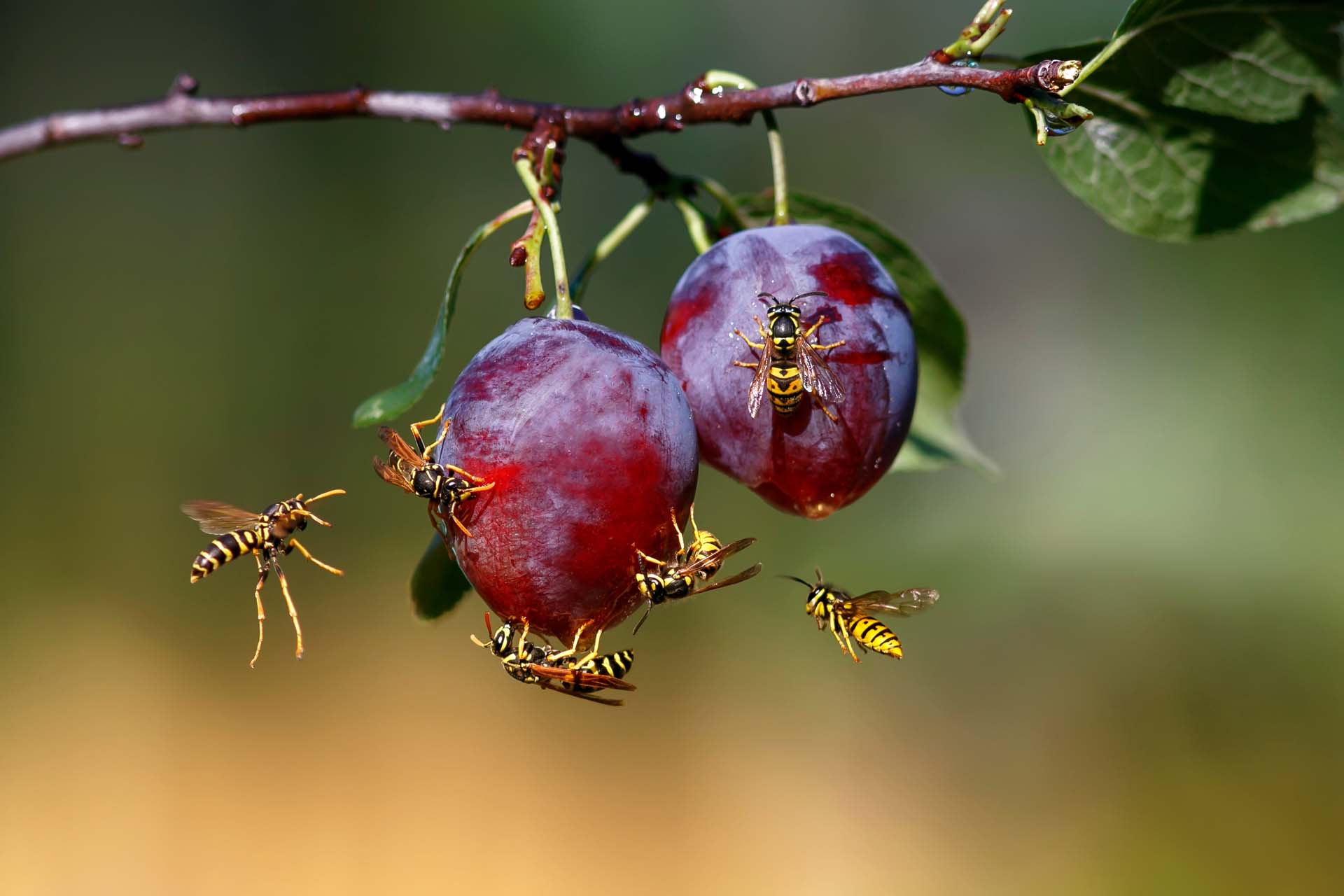
Blighted by buzzing? How to keep wasps out of your garden without harming them so you can enjoy the summer.
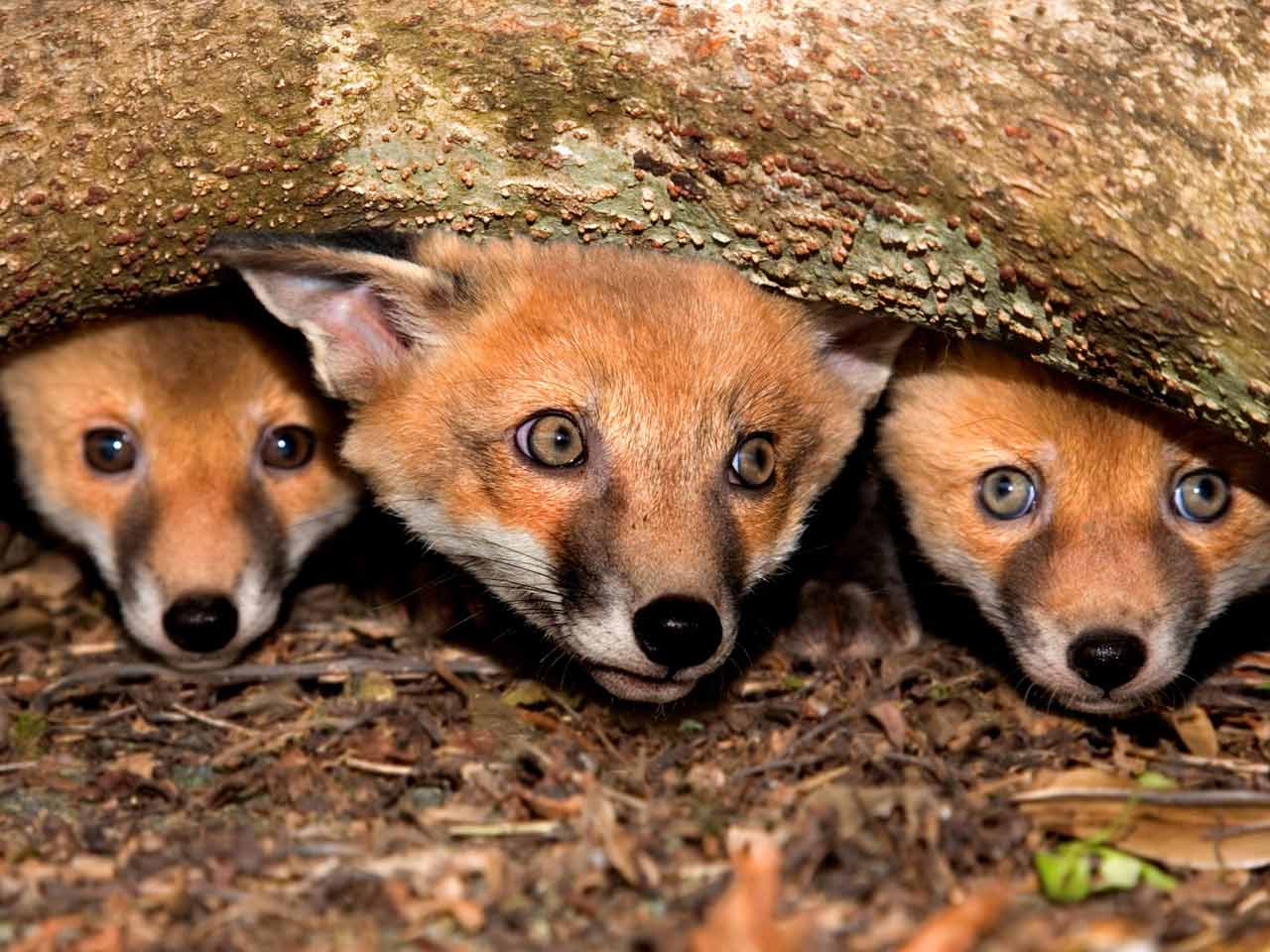
Many of us are living with foxes in our gardens - wildlife expert David Chapman explains what to feed them, how to spot illness and whether you can keep them away.
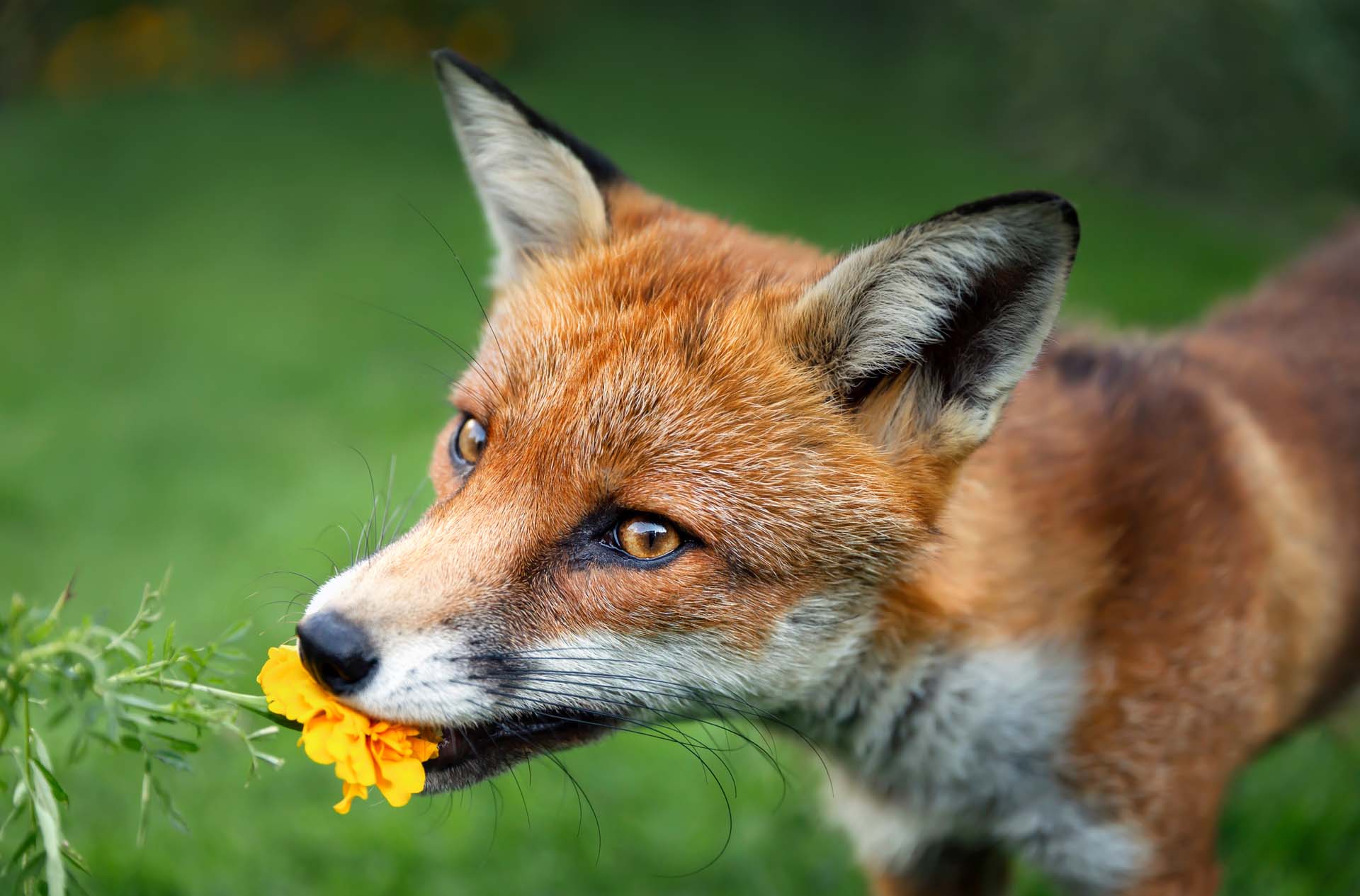
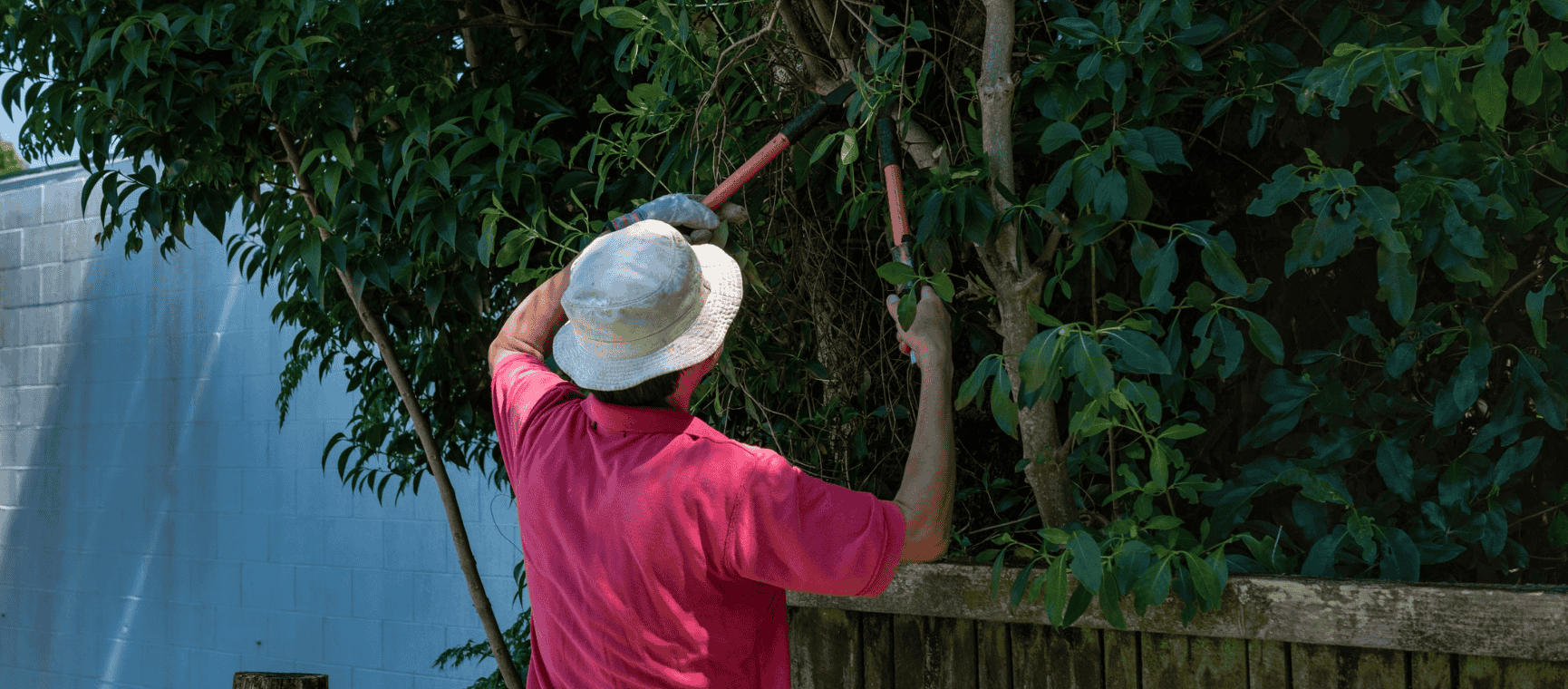
The ways you could be breaking the law in your back garden - with expert advice on how to avoid neighbour disputes, a fine or even a prosecution.